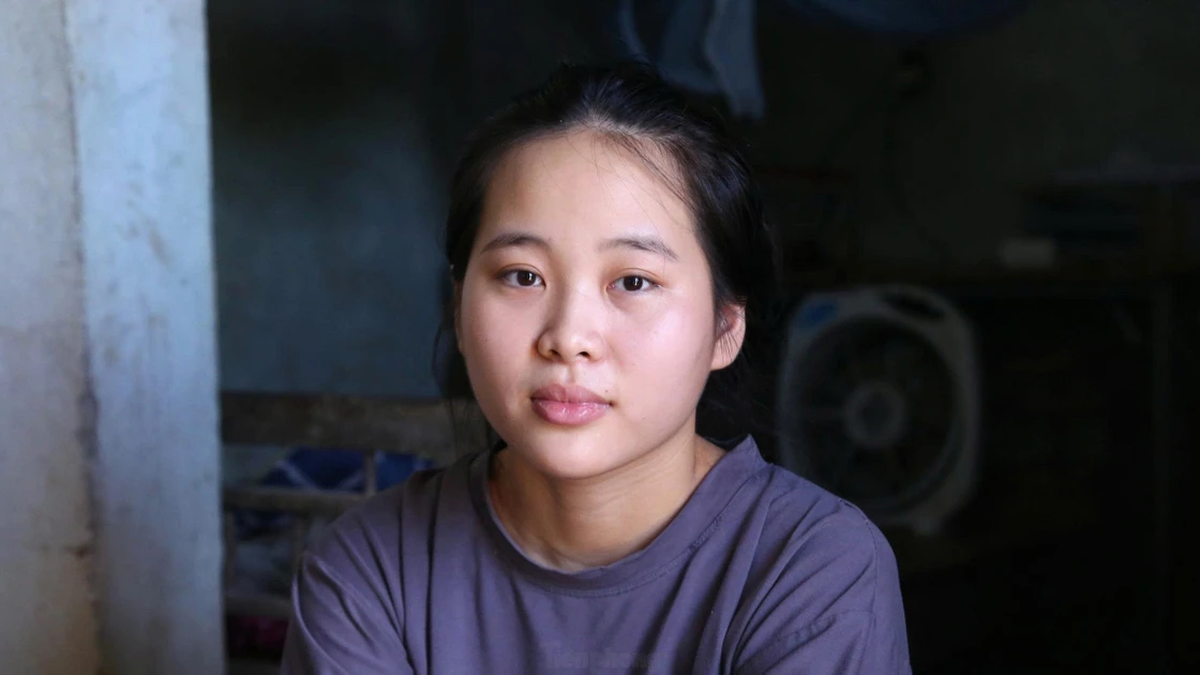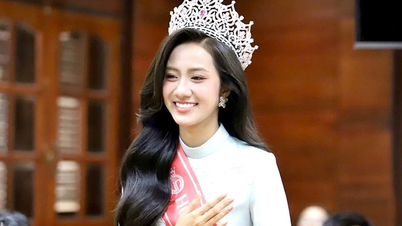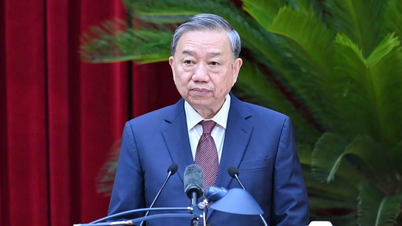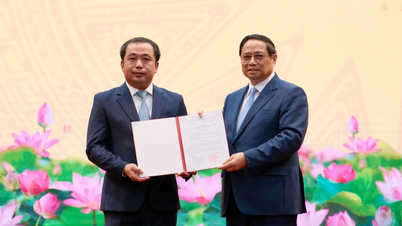Looking around today's entertainment platforms such as YouTube, TikTok, Spotify or TV stations, it is easy to see that most of the music content is aimed at adults or young people. Music products for children are quite scarce and scattered, even overshadowed by foreign videos, mixed children's music or unselective entertainment content.
Not only the quantity, but also the quality of modern children's songs is a concern for many parents andeducators . Some songs have sketchy lyrics, poor content, or are not suitable for the age group. One of the most obvious manifestations of the lack of quality works in the field of children's music is in singing competitions for children.
In recent music competitions such as The Voice Kids, Vietnam Idol Kids, Tuyet Dinh Song Ca Nhi, Than Tuong Tuong Lai..., it is not uncommon for audiences to witness children performing songs for adults with inappropriate content. With these songs, the children will try to sing correctly or show off their voices more than coming from their feelings about the song.
This reality exists not only in large-scale competitions, but also in school stages, extracurricular programs, and performance clips posted by parents on social networks. When the songs chosen are no longer a voice that resonates with the world of childhood, children are forced to grow up faster in music, without really understanding what they are singing.
The reasons for the lack of quantity and quality in children's songs come from many sides. From the perspective of the music market, this is a field strongly influenced by taste and profit. Music producers often prioritize investing in products that are easy to attract viewers and spread easily on social networks. Children's music is inherently a field that does not generate high profits, and is gradually being overlooked or even "abandoned". Next is the lack of specialized composers for children. The number of musicians writing for children is currently very small, and among them, not many people really understand the psychology of children. New works for children today are partly born from creative campaigns and competitions organized by associations and organizations. The works composed in these competitions often have a certain content orientation.
After the judging is over, the songs gradually fall into oblivion and do not spread in the spiritual lives of the children.
Another factor that has led to children's music not developing as expected is the incomplete and ineffective involvement of the education and media systems. In the general education program, music has not been properly invested in and is still considered a secondary subject, so it has not created interest for students. Music television programs specifically for children are increasingly absent and no longer attractive. Changes in entertainment trends for children today have also caused children's songs to no longer be focused on. Children today are easily drawn into social networking platforms, which are full of entertainment products of foreign origin and not suitable for their age. Meanwhile, parents have not paid enough attention to guiding their children's music, letting them listen to and watch any content online.
The gap in children's music is not simply a problem in the field of music, but also has a profound impact on the development of children's souls, personalities and aesthetics. To restore and develop children's music, there needs to be synchronous participation from many sides. The education sector needs to put music back in its rightful place in the general education program, not just as a secondary subject, but as a means of nurturing students' souls.
Music activities and music lessons in schools need to be invested in more and be age-appropriate. Many musicians believe that one of the practical solutions is the combination between the Ministry of Education and Training and the Vietnam Musicians Association in promoting composition and creating conditions for bringing quality works into the curriculum for children. Or specifically, setting to music a series of poems in current textbooks. Musicians and content producers also need to focus on long-term investment in composition for children. Proactively create quality music products specifically for children, both in terms of songs and illustrations.
Combining traditional music with modern elements, or using technology such as 3D, AR/VR... can help attract children in the digital age. In particular, the family - the first place to nurture children's musical emotions - plays an important role. Parents should spend more time with their children, choose and guide appropriate songs, encourage children to express and receive music as part of their spiritual life.
According to musician Hoang Lan, who has spent almost his entire life writing for children with famous songs, “Each period when children grow up has new requirements, so the compositions must also be renewed. I hope that the next generation of musicians will be dedicated to children, strive for their future, and be able to compose good works that are suitable for the mentality of modern children, but must also ensure the elements of truth, goodness, and beauty; so that music is the luggage for children to step into life.”
Source: https://nhandan.vn/dau-tu-dung-muc-cho-am-nhac-thieu-nhi-post883778.html



































































































Comment (0)